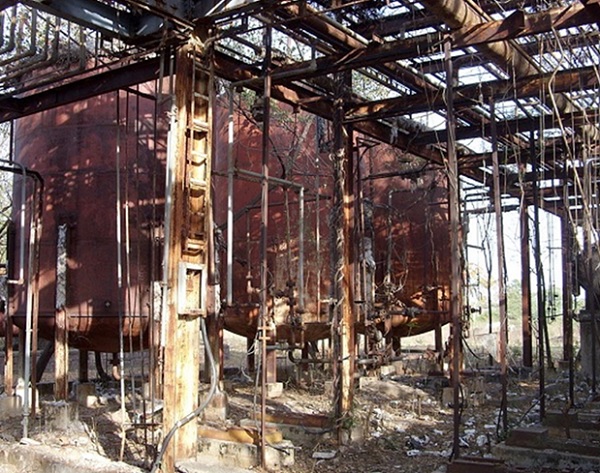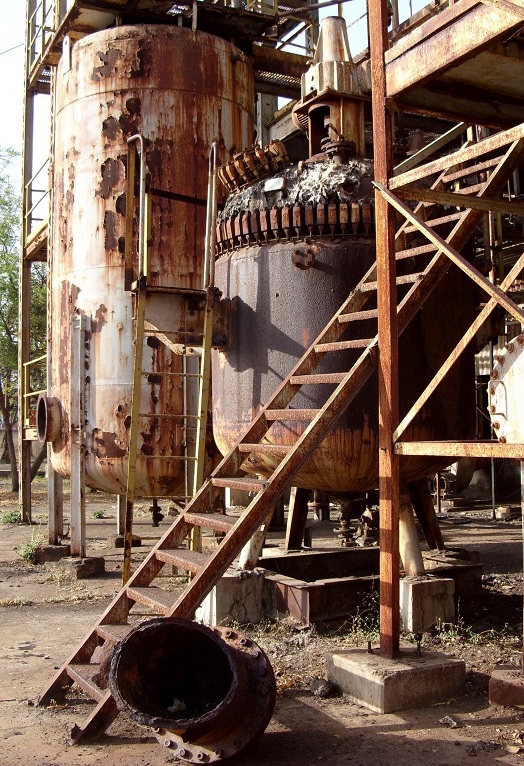
- Engineering Ethics Tutorial
- Engineering Ethics - Home
- Engineering Ethics - Introduction
- Engineering Ethics - Moral Issues
- Moral Dilemmas
- Moral Autonomy
- Kohlberg’s Theory
- Heinz’s Dilemma
- Engineering Ethics - Gilligan’s Theory
- Professions and Professionalism
- Engineering Ethics - Ethical Theories
- Social Experimentation
- Balanced Outlook on Law
- Responsibility for Safety
- Chernobyl’s Case Study
- Bhopal’s Gas Tragedy
- Responsibilities of Engineers
- Engineering Ethics - Confidentiality
- Rights of Engineers
- Engineering Ethics - Global Issues
- Moral Leadership
- Engineering Ethics Useful Resources
- Engineering Ethics - Quick Guide
- Engineering Ethics - Resources
- Engineering Ethics - Discussion
Engineering Ethics - Bhopal’s Gas Tragedy
Bhopal’s Gas tragedy is the world’s worst industrial disaster that occurred in 1984, due to the gas leakage from a pesticide production plant, The Union Carbide India Limited (UCIL) located in Bhopal, Madhya Pradesh.
It was believed that slack management and deferred maintenance together created a situation where routine pipe maintenance caused a backflow of water into the MIC tank, triggering the disaster.
What Led to The Disaster?
In the early hours of December 3rd, 1984, a rolling wind carried a poisonous gray cloud from the Union Carbide Plant in Bhopal, Madhya Pradesh of India. The poisonous gas released was 40tons of Methyl Iso Cyanate (MIC). This particular gas is very toxic that leaked and spread throughout the city.
The following image shows how the plant got destroyed after the accident.

The residents of the city, woke up to the clouds of suffocating gas and struggled to breath. They started running desperately through the dark streets. The victims arrived at hospitals, breathless and blind.
The people who survived had their lungs, brain, eyes, muscles affected severely. Their gastro intestinal system, neurological, reproductive and immune systems were also dangerously affected. By the morning, when the sun rose clearly, the roads were all filled with dead bodies of humans and animals, the trees turned black and the air filled with foul smell.
Cause of The Accident
The Union Carbide Corporation (UCC) team and also the CBI (Central Bureau of Investigation) team conducted separate investigations on the cause of the incident and came to the same conclusion. It was understood that a large volume of water had been released into the MIC tank and this further caused a chemical reaction that forced the pressure release valve to open and allowed the gas to leak.
UCC’s investigation proved with virtual certainty that the disaster was caused by the direct entry of water into Tank 610 through a hose connected to the tank.

The documentary evidence gathered after the incident reveals that the valve near the plant’s water-washing section was fully closed and leak-proof. Based on several investigations, the safety system in place could not have prevented a chemical reaction of this magnitude from causing a leak.
The safety systems are designed in such a way that water cannot enter unless it is deliberately switched and the water flow is allowed forcefully. The causes and the persons responsible for this deliberate operation are not known.
The Fatal Effects
As per government’s announcement, a total of 3,787 deaths occurred immediately. Around 8,000 of the survivors died within two weeks and other 8,000 or more died from acute diseases caused due to the gas later.
A government affidavit in 2006 stated that the gas leak incident caused 5,58,125 injuries, including 38,478 temporary partial injuries and approximately 3,900 severely and permanently disabling injuries. None can say if future generations will not be affected.
Initial effects of exposure were −
- Coughing
- Severe eye irritation
- Feeling of suffocation
- Burning sensation in the respiratory tract
- Blepharospasm
- Breathlessness
- Stomach pains
- Vomiting
The staff at the nearby hospitals lacked the knowhow required to treat the casualties in such situations. To add to this, there is no antidote known for MIC. Hence, even after running to the hospitals, the survivors could not be cured and most of them had to face death eventually.
Primary causes of deaths were −
- Choking
- Reflexogenic Circulatory Collapse
- Pulmonary Edema
- Cerebral Edema
- Tubular Necrosis
- Fatty Degeneration of the Liver
- Necrotizing Enteritis
As an after effect of this disaster, the rate of stillbirths increased by 300% and the neonatal mortality rate by around 200%. This came to be known as the world’s worst disaster in the industrial sector.